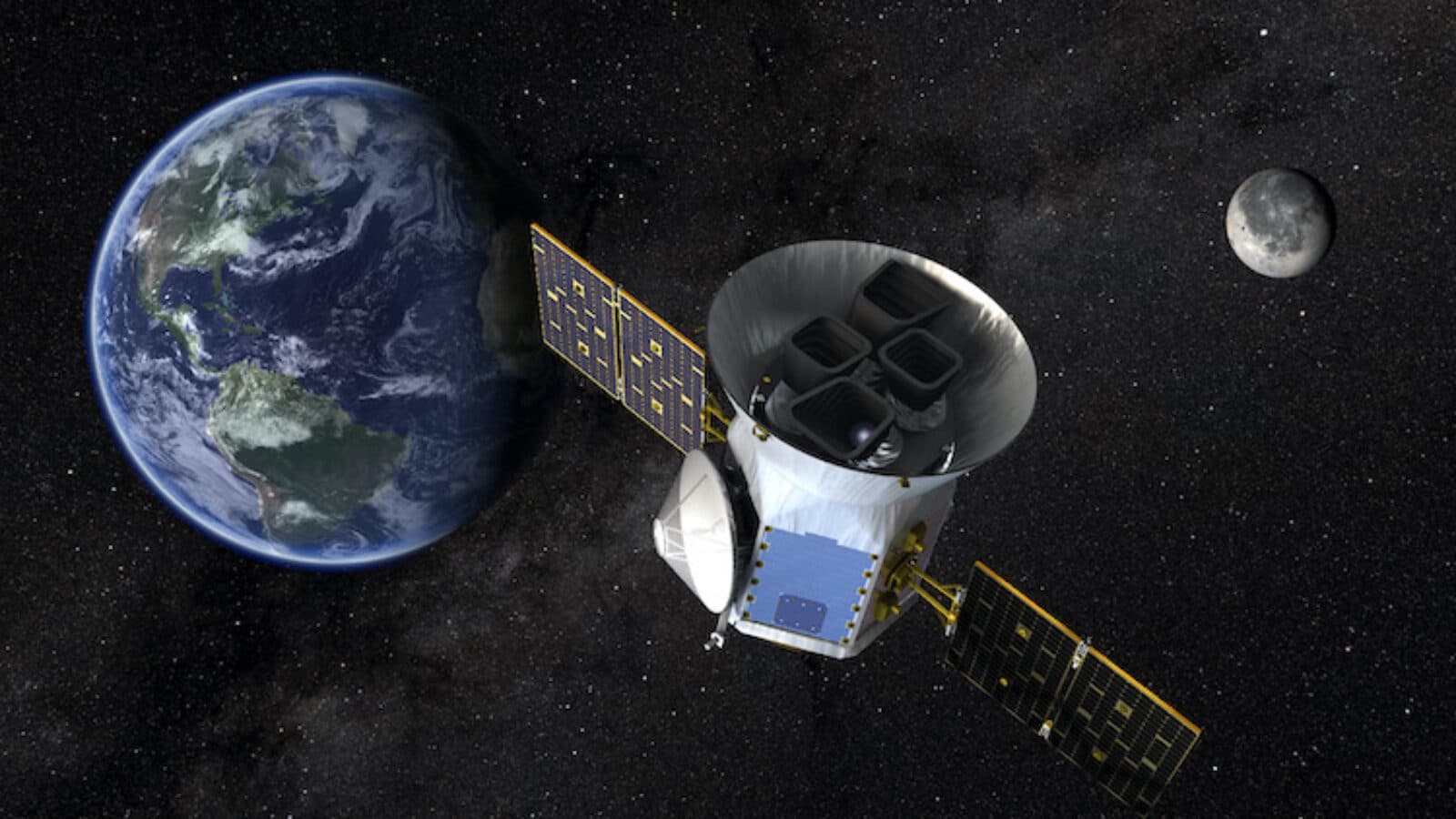The Science of Exoplanets is Poised for Major Breakthroughs
by Adam Hadhazy
TESS is discovering the best candidate worlds for detailed follow-up by future telescopes, which will scour these realms for signs of life

The Author
The Researcher
It's strange to think that a quarter-century ago, humankind still did not know with any certainty that other worlds—exoplanets—existed beyond our solar system. Nowadays, exoplanets are a dime a dozen. More than 4,000 alien worlds are currently known, with well-informed estimates now putting the total number in our galaxy alone at perhaps a trillion. Just like here in the solar system, planets outnumber stars. And with 300 billion or so stars in the Milky Way, projecting a trillion a trillion could be on the conservative side.
The exoplanetary science Golden Age we're in has yielded all sorts of surprises. We've seen worlds bigger than Jupiter in scorchingly close orbits to their stars. Whole years last just days on these planets, which appear doomed for eventual devouring by their stellar parent. We've found planets packed into their orbits like sardines, nearly on top of each other compared to the spread-out orbital lanes within our solar system. Planets in orbits around two stars, planets with star-locked hemispheres baking in perpetual daylight, and even starless planets careening through interstellar space—yep, we've seen all those, too.
Yet for all this treasure dug from the skies, we still have not found what we would consider an Earth twin—a temperate, rocky, smallish world with an atmosphere. A big reason why, though, is that in these still-early stages of exoplanet science, our detection technologies are highly skewed to finding unearthly bodies. In fact, the easiest kinds of planets to detect are those ginormous Jupiter-esque worlds hugging their stars; environment-wise, such worlds are about as unfriendly to life as is imaginable.
That right there, "life," is of course a prime motivation in the seeking and studying of exoplanets. And that is where the Transiting Exoplanet Survey Satellite (TESS) comes to the fore. The Massachusetts Institute of Technology’s (MIT) Kavli Institute for Astrophysics and Space Research (MKI) led the development of TESS, along with MIT's Lincoln Laboratory and NASA, and built the spacecraft's four exoplanet-hunting cameras. TESS is building upon the legacy of the Kepler space telescope, which from 2009 to 2013 stared at around 150,000 stars, monitoring for the slightest dimming of their starlight due to planets crossing their stellar faces. These mini-eclipses, called transits, have revealed the vast majority of those 4000+ worlds on the books to date. TESS relies on the same transit method as its exoplanet search strategy, this time taking in about 200,000 stars in its survey, which began after launch in 2017 and is set to continue until at least 2022.
To date, TESS has already discovered about a thousand new exoplanet candidates awaiting confirmation—and that's the tip of the iceberg. "Based on the results thus far from TESS, we expect that the number of planets that TESS will find in its extended mission will be two to three times as many as the mission has found thus far," says George Ricker, the TESS Principal investigator at MKI.
Where Kepler and TESS differ, however, is that Kepler's stars were mostly very far away, some as far as 3,000 light-years. At such distances, the discovered worlds are too dim and tiny to do much exoplanet science. TESS' stars, in contrast, are the nearest and brightest stars to Earth—perfect for allowing detailed, in-depth follow-ups on their planets' properties.
"TESS is well on its way to fulfilling its goal of tracking down the very best exoplanets for detailed study in the decades to come," says Ricker.
Quite simply, the more light that is available that passes through and reflects off an exoplanet's atmosphere and surface, the more information that scientists can suss out of that light. Chemical elements have distinct "fingerprints" of light absorption and emission that remarkably let researchers identify them from interstellar distances.
The planets that TESS is increasingly finding right here in our cosmic neighborhood will be scrutinized by next-generation instruments like the James Webb Space Telescope, a successor to the Hubble and Spitzer Space Telescope scheduled to launch in 2022. Webb and other instruments will reveal the compositions of exoplanetary atmospheres, looking for what scientists call biosignatures—specific cocktails of gases that would not plausibly exist were it not for biological activity. Earth has a prominent such biosignature due to its ratios of oxygen, carbon dioxide, methane, and water. If a robust biosignature turns up on an exo-world with an Earthlike profile of temperature, size, mass, and so forth, odds are, we will have at last discovered alien life.
It's an incredibly tantalizing notion that the answer to that age-old question – are we alone? – could come as soon as next decade, thanks in part to TESS. "Despite the fact that TESS is beginning to find large numbers of planets, its true value is in establishing the planets with bright or nearby host stars," says Ricker.
With this prime selection of TESS-discovered target worlds, a potentially revolutionary new phase of exoplanet science is nearly upon us.